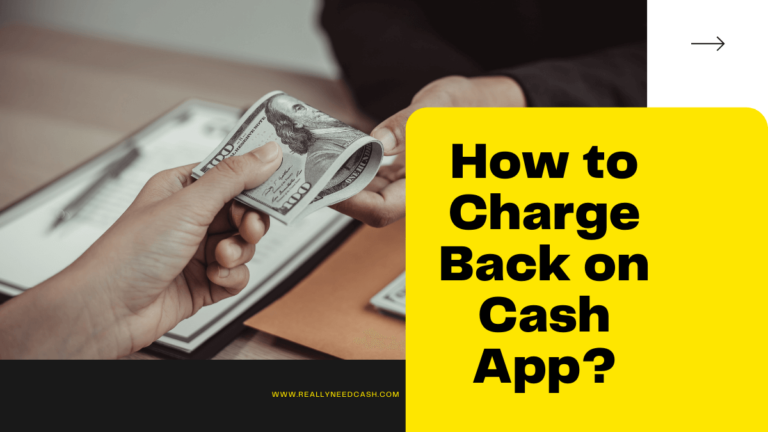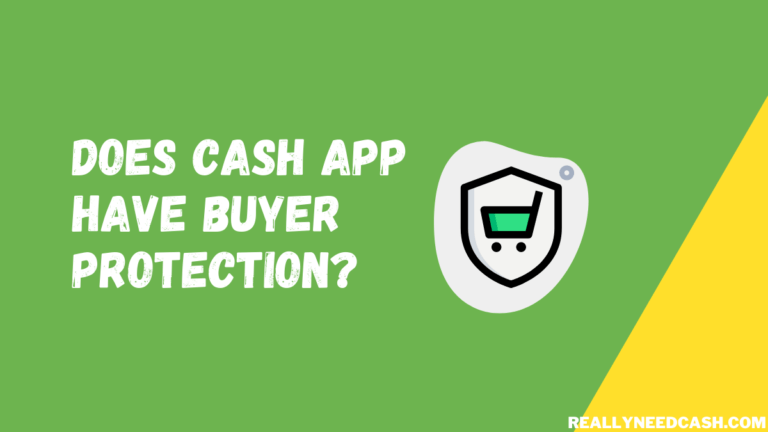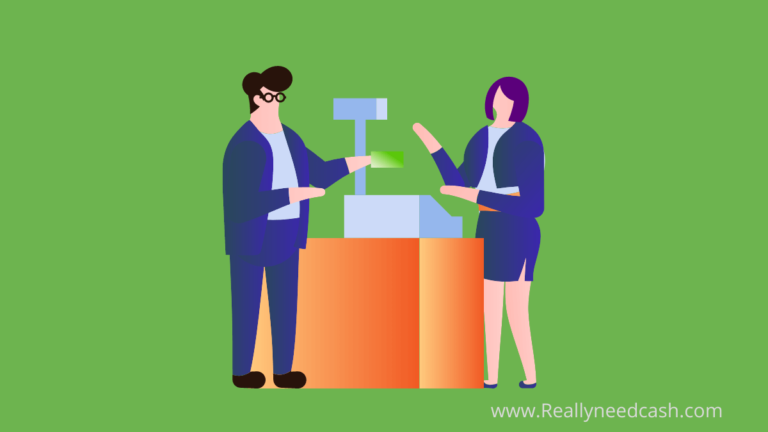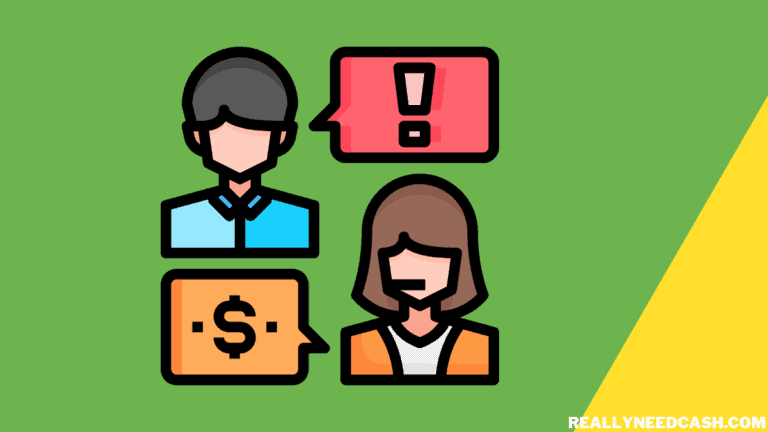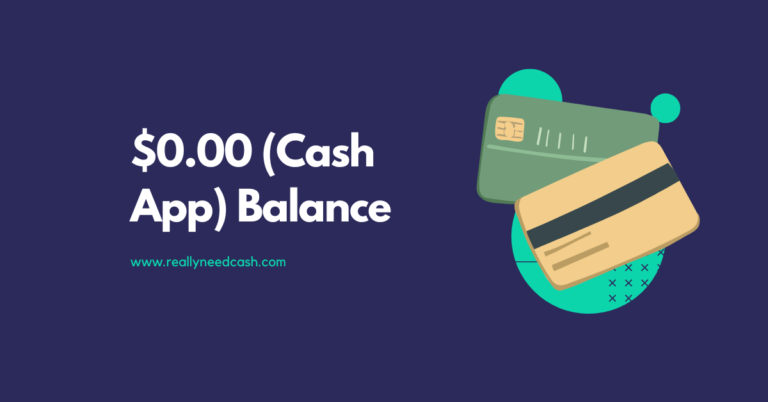Cash App’s Origin and Expansion
Cash App began as a simple tool for money transfers and has grown into a significant financial service. I’ll cover its founding and key milestones that shaped its journey.
Founding and Launch
Cash App was launched in 2013 by Square, Inc., a company co-founded by Jack Dorsey, who is also known for creating Twitter. Initially branded as Square Cash, the app allowed users to send money easily via their mobile devices. This was the first peer-to-peer payment app linked to a debit card.
Within a few years, Cash App gained popularity in the United States. Its straightforward design made it user-friendly. The launch quickly attracted attention, especially among younger users looking for simple ways to manage their money. After its initial success, Cash App underwent a rebranding in 2018, solidifying its name and expanding features.
Growth and Milestones
Cash App has experienced remarkable growth since its launch. As of 2024, it boasts 57 million monthly users in the U.S and the UK. The app’s annual revenue reached around $14.7 billion, making it a vital part of Square’s business.
Notably, Cash App introduced features like direct deposits and a savings account, enhancing its appeal. Revenue grew by 36% in the second quarter of 2023, showing strong demand for digital payment solutions. The integration of social features has also increased user retention by making transactions feel more personal and interactive. Cash App’s growth reflects the larger trend of mobile banking and digital payments, competing directly with services like Revolut.
Key Features and Financial Services
Cash App offers several key features designed to simplify finance for its users. From peer-to-peer transactions to investment options, the app caters to various needs. I’ll explore the main functions Cash App provides.
Peer-to-Peer Transactions
Cash App is best known for its peer-to-peer transactions, allowing me to send and receive money easily. I can transfer funds using just a phone number or email, making it quick and convenient. The process is simple: I enter the amount, add a note if I want, and hit send.
Cash App creates a unique identifier for users called a $cashtag. This feature makes it easier to request payments from friends. Compared to other services like Venmo and PayPal, I find Cash App straightforward and efficient.
Cash App Card and Direct Deposits
The Cash App card is a free debit card linked directly to my Cash App balance. This card lets me make purchases anywhere that accepts Visa. I can also withdraw cash from ATMs with this card.
Direct deposit is another essential feature. I can set up direct deposit to receive my paycheck directly into my Cash App account. This feature usually comes with zero fees, allowing me to get my funds faster than with traditional bank accounts.
Investments and Bitcoin Trading
Investing is made accessible through Cash App as well. I have the option to buy stocks or even invest in Bitcoin. The platform allows me to purchase fractional shares, meaning I can invest with as little as a few dollars.
Cash App also makes Bitcoin trading easy. I can buy, sell, and hold Bitcoin directly in the app. This makes it a flexible option for those looking to explore cryptocurrency without needing multiple platforms.
Business Accounts and Cash App for Enterprises
For businesses, Cash App provides a tailored option. I can set up a business account to accept payments easily. This feature is beneficial for small business owners looking to streamline transactions.
With Cash App for Enterprises, companies can utilize payment solutions that integrate directly into their services. This capability makes it easier for businesses to manage cash flow and operate efficiently.
These features make Cash App a versatile tool for personal finance and business needs. Whether I’m sending money to friends or investing, Cash App manages everything in one place.
Security, Accessibility, and User Engagement
Cash App focuses on security, ease of use, and strong user engagement. These elements are crucial for building trust and promoting usage among its diverse user base.
Protection and Fraud Prevention
I appreciate Cash App for its strong security measures. It uses encryption to protect user data and transactions. One important feature is the two-factor authentication (2FA), adding an extra layer of security when logging in.
The app actively fights against scams, which are a common risk for users. Many people, unfortunately, fall victim to phishing attempts that may lead to lost funds. Cash App’s efforts include fraud detection processes that monitor for unusual activity. With an FDIC-insured Cash Card, my funds can be protected up to $250,000 through partner banks.
For extra safety, Cash App encourages users to choose strong PINs and regularly monitor their activity feed. Being vigilant helps ensure that the app remains a safe place for managing money.
User Interface and Accessibility
I find the Cash App interface intuitive and straightforward. It allows users to easily add money to their account or initiate instant transfers. This feature is vital for those moments when I need to send money quickly.
The app is designed with all users in mind, including those who may not have extensive tech experience. With features like Apple Pay and Google Pay integration, it connects seamlessly to other financial platforms. The Cash Card is user-friendly too, making purchases easier while avoiding monthly fees.
Accessibility ensures that all users, especially in the black community, can take advantage of digital banking services. The app’s peer-to-peer payment system makes it easy to send money to friends or family without needing complex steps.
Market Impact and Community Reach
Cash App has significantly impacted the financial landscape, especially among younger users and artists. I often see popular figures like Travis Scott and Cardi B promoting the service, which helps reach a wider audience.
The app has become a favorite for engaging with the black community, particularly through events and initiatives that drive user engagement. Its popularity is evident from statistics showcasing increased downloads and active users.
With an expanding user base, it’s changing how I think about money management. Easy credit card transfers, the ability to investing in cryptocurrency, and instant deposits make Cash App a modern financial tool. This platform is shaping how I, and many others, handle everyday transactions.
Frequently Asked Questions
Cash App has become an important tool for many in digital finance. Here are some common questions that help clarify its features and functionality.
How did Cash App start?
I learned that Cash App began as Square Cash in 2013. It was created by Square, Inc., which aimed to offer a simple way for people to send money to one another. The app quickly evolved to include features like investing and direct deposit.
What bank is associated with Cash App?
Cash App partners with Lincoln Savings Bank and Sutton Bank. These banks help provide services like cash withdrawals and debit card functionality, ensuring users can easily manage their money.
When did Cash App become popular?
Cash App began gaining popularity around 2016. Its features, like the ability to send money quickly and receive direct deposits, attracted a growing user base. The rise of mobile banking also contributed to its success.
Is Cash App a secure platform for transactions?
Security is a priority for Cash App. It uses encryption to protect user data and offers security features like two-factor authentication. While no platform is completely risk-free, many users feel comfortable using it for everyday transactions.
What are the steps to sign up for Cash App?
To create an account, I start by downloading the app from the App Store or Google Play. After opening it, I enter my phone number or email. Following the prompts, I set up my account and link a bank account or debit card.
Can Cash App be downloaded on any smartphone?
Yes, Cash App is available for both Android and iOS devices. I can easily download it on most smartphones, making it accessible to a broad range of users.

